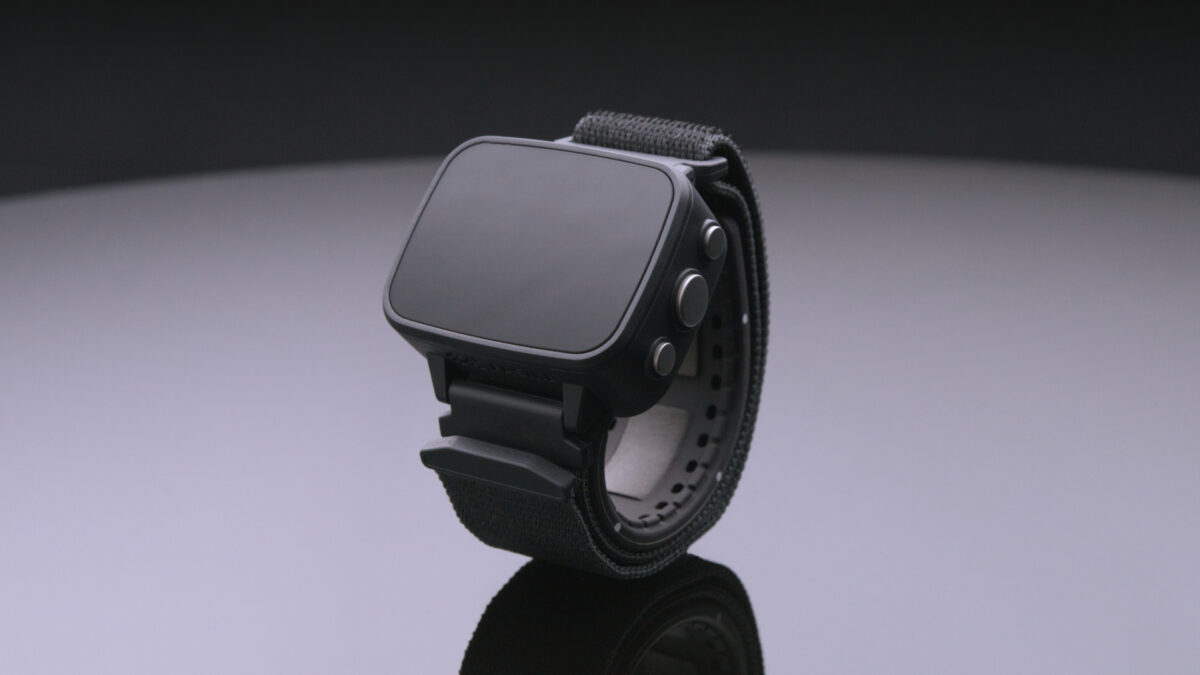Melanoma is a rare but deadly form of skin cancer, accounting for less than 2 percent of all cases of skin cancer in the US, but resulting in 10,000 fatalities per year. According to Simon Ribero, of the Department of Twin Research and Genetic Epidemiology at King’s College and his colleagues, the number of moles a person has is a good indicator of their risk of developing melanoma.
The researchers explain that each additional mole a person has represents a 2-4 percent increase in the risk of developing melanoma, making regular mole inspections very important for those at risk. Unfortunately, counting all moles on a patient in a primary care environment is often prohibitively time-consuming.
This challenge prompted Ribero and his team to determine if counting the number of moles on a distinct part of the body could be a representative sample for the rest of the body, and therefore be an accurate metric for a person’s risk of melanoma. The results of the study were published in The British Journal of Dermatology.
Data collected from 3,594 female Caucasian twins participating in the TwinsUK study, was analyzed by Ribero and his team. The data collection period spanned a total of 8 years, from January 1995 to December 2003.
The data included whole-body freckle and mole counts for each participant, which were performed over 17 body areas by specialized nurses. Information about skin colour and type, as well as hair colour were also recorded for each participant.
According to Ribero and his colleagues, the mole count on an individual’s right arm was the most accurate predictor of total mole count over the entire body. Women with 7 or more moles on their right arm were 9 times more likely to have a minimum of 50 moles on their whole body.
Women who had a minimum of 11 moles on the same arm were more likely to have over 100 moles on their body, making these participants 5 times as likely to develop melanoma. The results of this study were further substantiated after the researchers conducted a smaller study involving approximately 400 male and female participants.
“The findings could have a significant impact for primary care, allowing GPs to more accurately estimate the total number of moles in a patient extremely quickly via an easily accessible body part,” said Ribero. “This would mean that more patients at risk of melanoma can be identified and monitored.”
The researchers also found that the number of moles on an individual’s upper arm, and the number of moles on the legs were also accurate predictors of whole-body mole count. These other countable areas could provide physicians with options when it comes to melanoma risk assessment.
Dr. Claire Knight, of Cancer Research UK, comments that the findings are “useful”, however she points out that less than half of all melanomas originate from existing moles. “So it’s important to know what’s normal for your skin and to tell your doctor about any change in the size, shape, color or feel of a mole or a normal patch of skin,” says Knight. “And don’t just look at your arms – melanoma can develop anywhere on the body, and is most common on the trunk in men and the legs in women.”
Sources:
- Number of moles on right arm could predict risk of deadly skin cancer – http://www.medicalnewstoday.com/articles/301198.php
- Ribero, S., Zugna, D., Osella-Abate, S., Glass, D., Nathan, P., Spector, T., and Bataille, V. (2015). Prediction of high naevus count in a healthy UK population to estimate melanoma risk. Brit J Dermatol.











Join or login to leave a comment
JOIN LOGIN